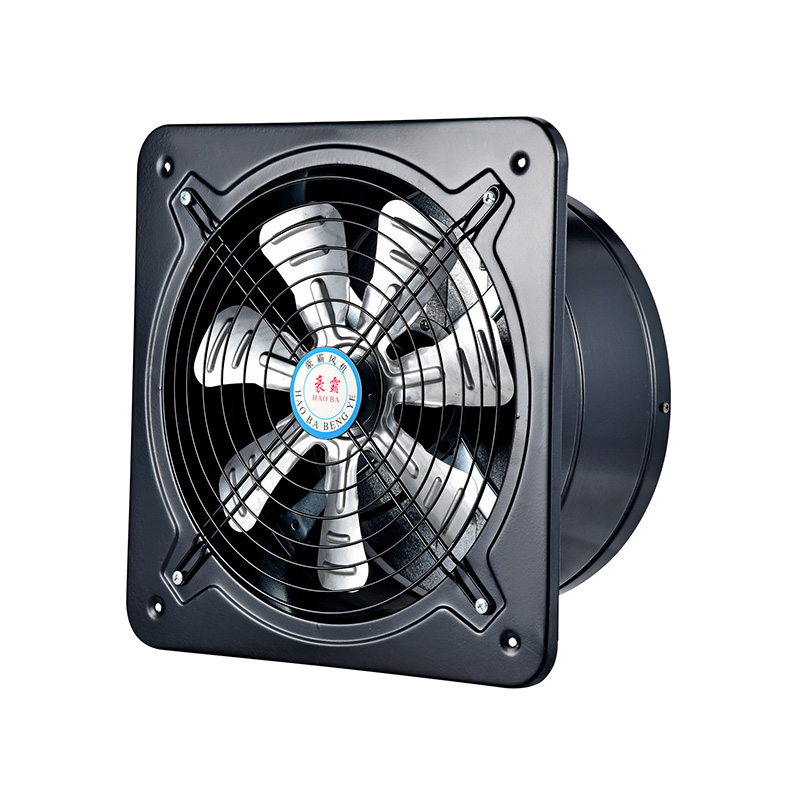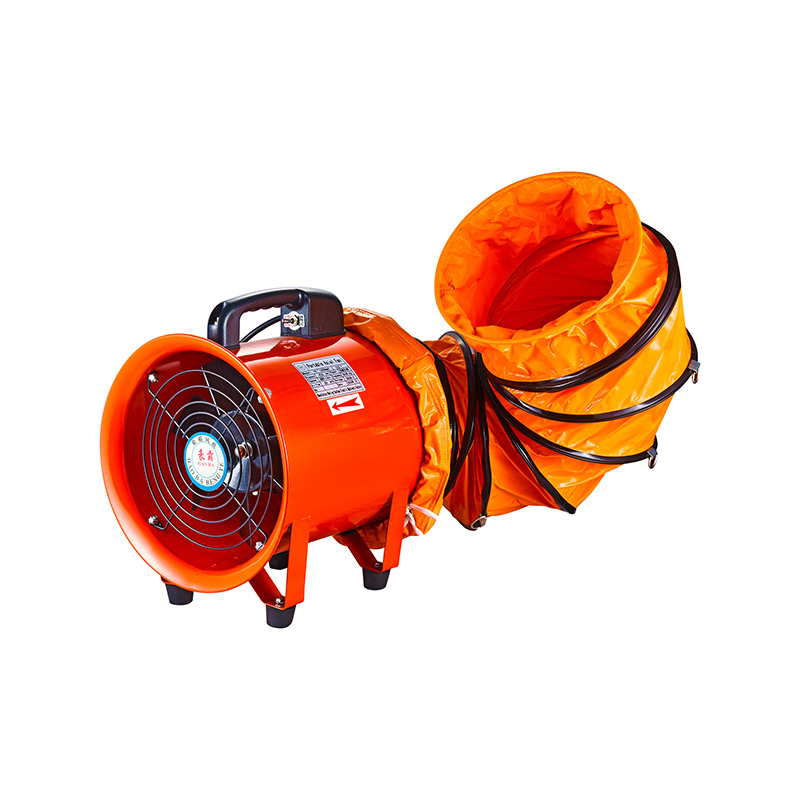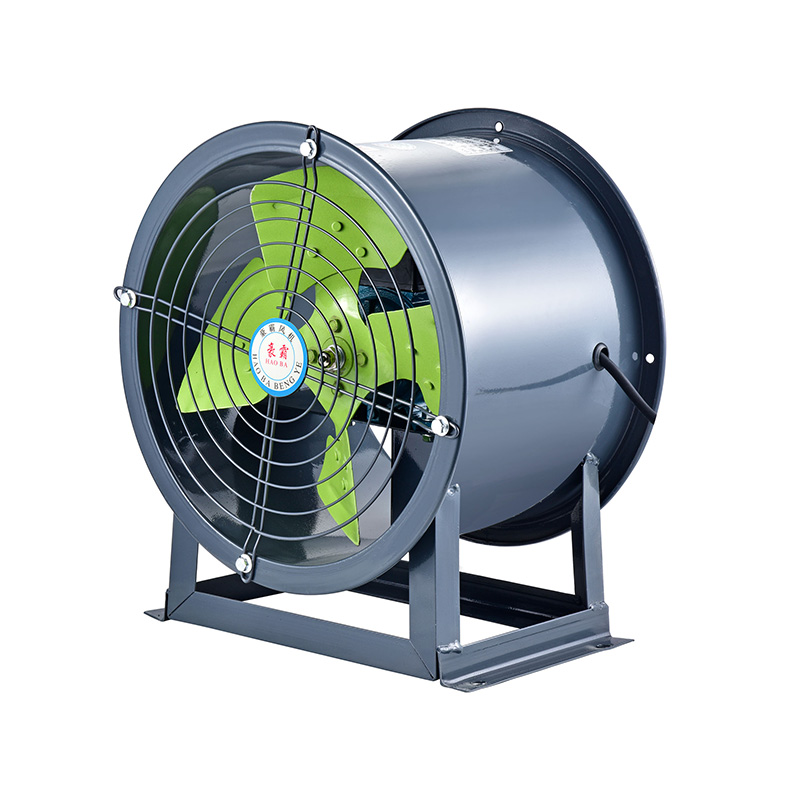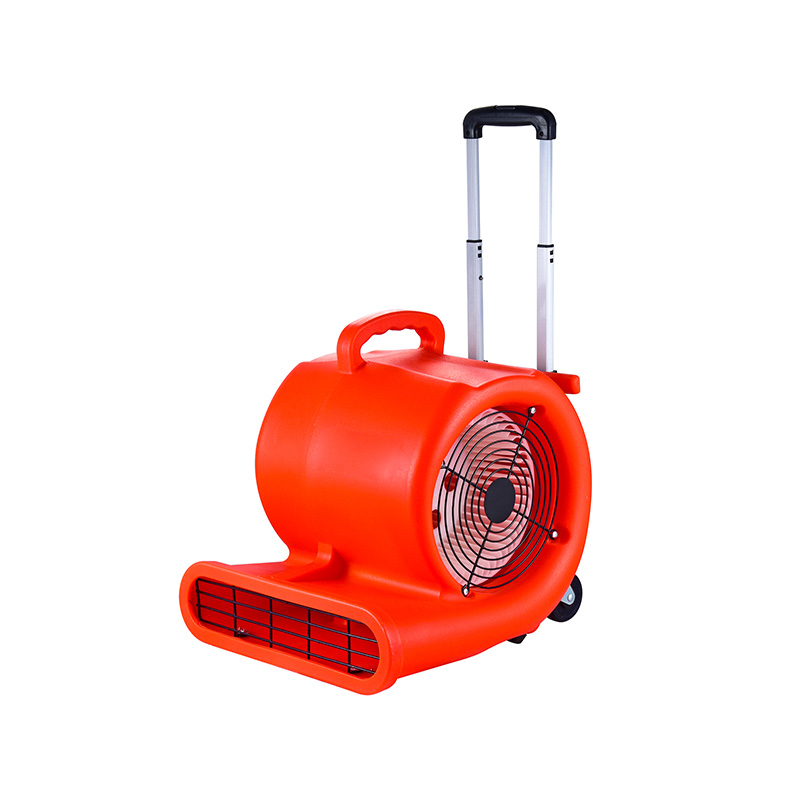The Benefits Of Variable Frequency Drives In Fans
2025-07-08
In industrial and commercial settings, fans play a crucial role in maintaining proper ventilation, temperature control, and air quality. Among various types of fans, mixed flow extractor fans, ventilas para roofing, and industrial ventilation fans are commonly used to ensure efficient air movement in different environments. To enhance their performance and energy efficiency, many facilities are adopting Variable Frequency Drives (VFDs) in fan systems. VFDs provide several benefits that can improve operational control, reduce energy consumption, and extend the lifespan of fans.

Variable Frequency Drives are electronic devices that regulate the speed of electric motors by adjusting the frequency and voltage supplied. In the context of fans such as mixed flow extractor fans or industrial ventilation fans, VFDs allow the fan speed to be varied according to demand rather than running at a constant speed. This flexibility offers several practical advantages.
One significant benefit of using VFDs with fans is energy savings. Fans, including ventilators para roofing and industrial ventilation fans, often run continuously in many industrial or commercial spaces. Operating fans at full speed all the time consumes a large amount of energy, much of which may be unnecessary during periods of low demand. VFDs enable the fan speed to be adjusted to the actual ventilation needs, reducing power consumption when full airflow is not required. For example, a mixed flow extractor fan can run at reduced speed during off-peak hours or when air quality sensors detect lower levels of contaminants, pilot to noticeable reductions in electricity costs.
In addition to energy efficiency, VFDs contribute to improved process control. Industrial ventilation fans and ventilas para roofing are often part of complex HVAC or industrial exhaust systems where airflow rates must be precisely managed. VFDs allow operators to fine-tune fan speed smoothly, avoiding the sudden surges or drops in air volume that can occur with traditional on/off control. This ability helps maintain consistent environmental conditions, whether it’s controlling humidity in a manufacturing facility or ensuring effective removal of fumes in a kitchen with mixed flow extractor fans. Better control also means systems can adapt more readily to changing conditions, improving overall operational stability.
Another important aspect of using VFDs with fans is the reduction of mechanical stress. Running fans at full speed continuously can accelerate wear and tear on components such as bearings, belts, and motor windings. By allowing mixed flow extractor fans and industrial ventilation fans to operate at lower speeds when possible, VFDs help lessen the mechanical load on these parts. This can lead to fewer maintenance requirements and a longer service life for the equipment. For facilities that use ventilas para roofing for ventilation of attic spaces or roof-mounted units, this extended lifespan means less downtime and lower replacement costs.
Noise reduction is also a notable benefit linked to VFD-controlled fans. Industrial ventilation fans and mixed flow extractor fans can generate significant noise at high speeds, which might be disruptive in certain environments. By using VFDs to reduce fan speed during times when full airflow is not critical, noise levels can be decreased without compromising ventilation effectiveness. This is particularly valuable in commercial buildings or residential complexes where ventilas para roofing systems operate near occupied spaces.
Finally, VFDs contribute to environmental sustainability by supporting more efficient energy use and lowering greenhouse gas emissions associated with electricity generation. Facilities that incorporate variable speed control in their ventilation fans can demonstrate a commitment to greener operations. For example, adjusting the speed of industrial ventilation fans and mixed flow extractor fans to meet exact airflow requirements avoids wasted energy, supporting efforts to reduce the overall carbon footprint.
In conclusion, Variable Frequency Drives provide multiple benefits when integrated with fans such as mixed flow extractor fans, ventilas para roofing, and industrial ventilation fans. By enabling precise speed control, VFDs reduce energy consumption, enhance process stability, lessen mechanical wear, lower noise levels, and promote sustainability. These advantages make VFDs a practical choice for improving the efficiency and longevity of ventilation systems across a variety of industrial and commercial applications. As energy costs and environmental concerns continue to rise, the adoption of variable frequency drives in fan systems represents a sensible step toward smarter, more adaptable airflow management.

 English
English русский
русский عربى
عربى









